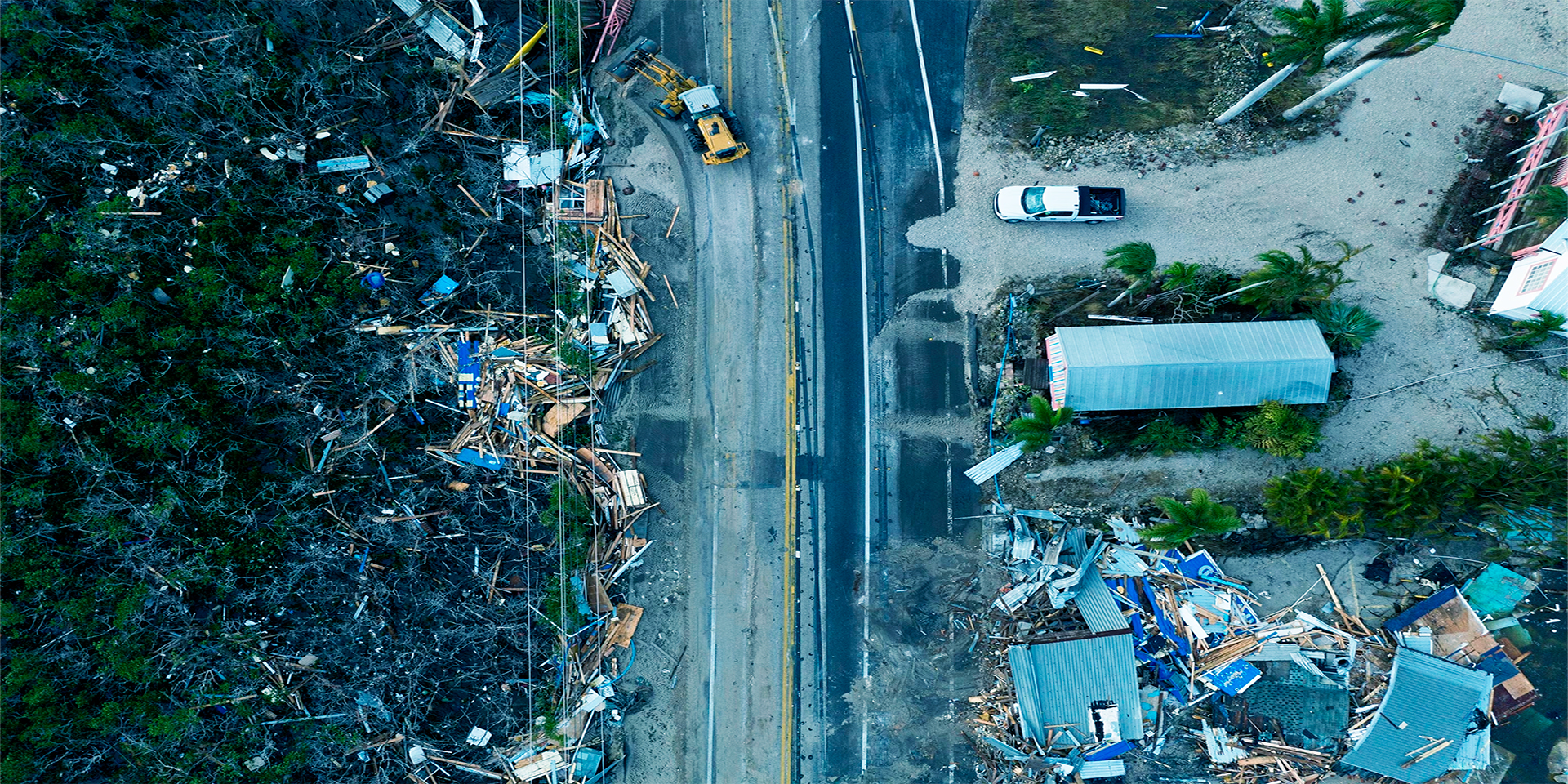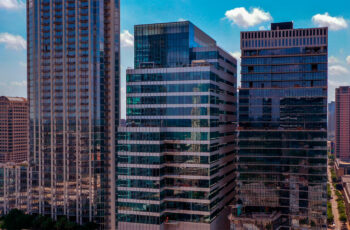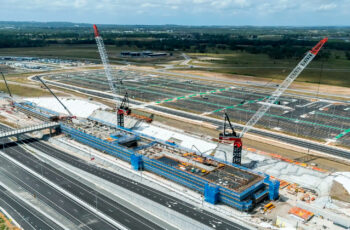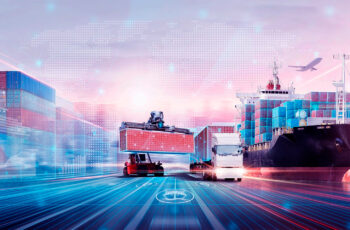The Role of Loans in Restarting Supply Chains After Natural Disasters
Lending to Companies Restoring Logistics After Climate Disasters
When climate disasters strike, logistics is one of the first sectors to collapse. Ports close, roads disappear under water, and warehouses lose power or burn in wildfires. The impact is immediate: goods stop moving, suppliers miss deadlines, and companies face penalties and reputation loss. Recovery is never just about fixing physical damage. It’s also about money—large amounts of it, and quickly. Lending provides the bridge between a destroyed network and a functioning one, giving firms the liquidity they need to restart operations before their entire business model unravels.
Why logistics feels the shock first
Logistics companies live and die by their ability to deliver on time. When a typhoon damages ports in Asia or a wildfire closes highways in the U.S., the effects ripple worldwide. A manufacturer waiting for parts sees production lines stop. A retailer misses seasonal sales windows. Even digital-first companies realize that if trucks can’t move, their online orders remain stuck in warehouses. Unlike other sectors, logistics does not have the luxury of waiting for insurance payouts or government relief. Every day of downtime costs money and damages trust. That is why loans—fast, flexible, and designed to provide immediate liquidity—become the preferred solution in the first days after a disaster.
How lenders adapt to disaster recovery
Banks and investors know that climate disruptions are no longer rare “black swan” events. Floods, hurricanes, and heatwaves now appear in annual reports as recurring risks. In response, lenders have developed products specifically aimed at recovery. Some institutions create emergency credit lines that activate when natural disasters are declared. Others work with governments and international bodies to design guarantees, reducing risk for private lenders. The goal is simple: make capital flow quickly to companies that need it, while avoiding long bureaucratic delays that could make the damage permanent. These loans are often structured with grace periods, allowing borrowers to stabilize operations before repayments begin.
Immediate needs versus long-term rebuilding
Not all financial needs after a disaster look the same. Some costs appear within hours—buying replacement vehicles, renting temporary storage, paying workers during downtime. Others stretch into years, such as rebuilding a port terminal or upgrading facilities with climate-resilient infrastructure. Loans are tailored accordingly. Short-term financing keeps the lights on, while long-term loans focus on reconstruction and adaptation. Getting this balance right is critical, because a company that only covers immediate costs without investing in stronger systems may face collapse the next time disaster strikes.

| Timeframe | Examples of Use | Loan Structures |
|---|---|---|
| Immediate | Fleet repairs, staff payments, rerouting | Short-term working capital, bridge loans |
| Medium-term | Warehouse reconstruction, IT upgrades | Refinancing, medium-term bank loans |
| Long-term | Flood barriers, port modernization | Infrastructure loans, syndicated financing |
Real examples of recovery through lending
Consider the aftermath of Hurricane Katrina in the U.S. Gulf Coast. Many logistics providers faced total infrastructure loss. Local and regional banks, backed by federal guarantees, extended credit that allowed warehouses and trucking fleets to restart faster than if they had waited for insurance. More recently, after severe flooding in Germany in 2021, freight operators received emergency liquidity from both private banks and the state development bank KfW. This financing bridged the gap until insurers and government aid packages were finalized. In Southeast Asia, where monsoons disrupt transport every year, consortium loans involving multiple banks are becoming standard, spreading risk while ensuring companies can access funds quickly.
How lenders manage their own risk
From the bank’s perspective, lending into disaster zones seems risky. Assets are damaged, future revenues uncertain, and borrowers often desperate. To mitigate this, lenders require detailed recovery plans and sometimes co-financing arrangements with governments or development institutions. Insurance coverage is usually checked, and collateral values reassessed. In addition, blended finance—where public institutions absorb part of the risk—has grown common. This allows commercial banks to continue lending without jeopardizing their balance sheets. For borrowers, the message is clear: transparency and planning are key to unlocking funds. Those who present credible strategies recover faster because lenders feel more secure extending capital.
| Risk | Mitigation Approach |
|---|---|
| Damaged collateral | Adjusted valuations, insurance-backed loans |
| Uncertain revenues | Flexible repayment terms, grace periods |
| Operational delays | Monitoring covenants, staged disbursements |
Lending as resilience, not just recovery
The best recovery loans do more than patch damage. Increasingly, they come with conditions aimed at future-proofing logistics networks. For example, financing a rebuilt warehouse might require using climate-resilient materials or elevated flooring. Loans for fleet renewal might encourage electric trucks or more fuel-efficient vessels. While these conditions may seem restrictive, they serve both sides: companies gain infrastructure less likely to fail in the next disaster, and lenders reduce the probability of another default cycle. This shift turns lending from a temporary lifeline into a long-term strategy for resilience.

The social and community dimension
Beyond companies and banks, recovery lending affects communities. Ports and freight hubs are often major employers. A port closed for months means lost wages for dockworkers, truck drivers, and countless small suppliers. Quick loans prevent this spiral by helping companies resume operations and protect jobs. In practice, a single approved loan can keep an entire community afloat. That’s why banks sometimes fast-track credit approvals when disasters hit—they understand that their decision impacts more than just balance sheets.
Global collaboration in climate recovery
As disasters grow more frequent, financing recovery has become an international effort. Development banks like the World Bank or regional institutions often step in with emergency facilities. These can be used to support local banks in lending to logistics firms. International insurance pools also contribute, spreading the risk across countries. For logistics operators, this means access to financing is no longer limited to their local market. Global capital flows into affected areas when disasters are declared, providing another safety net for companies that might otherwise fail.
Conclusion
Climate disasters are no longer rare accidents—they are recurring stress tests for global logistics. Every storm, flood, or wildfire reminds companies that resilience is as much about finance as it is about infrastructure. Loans provide the immediate lifeline that keeps supply chains alive while insurance and aid take longer to arrive. They allow businesses to repair, rebuild, and prepare for the next shock. For lenders, financing recovery is not only about returns—it is about stabilizing economies and securing the networks that make global trade possible. In this sense, lending after climate disasters is more than a financial transaction; it is a shared investment in resilience, continuity, and the communities that depend on them.




